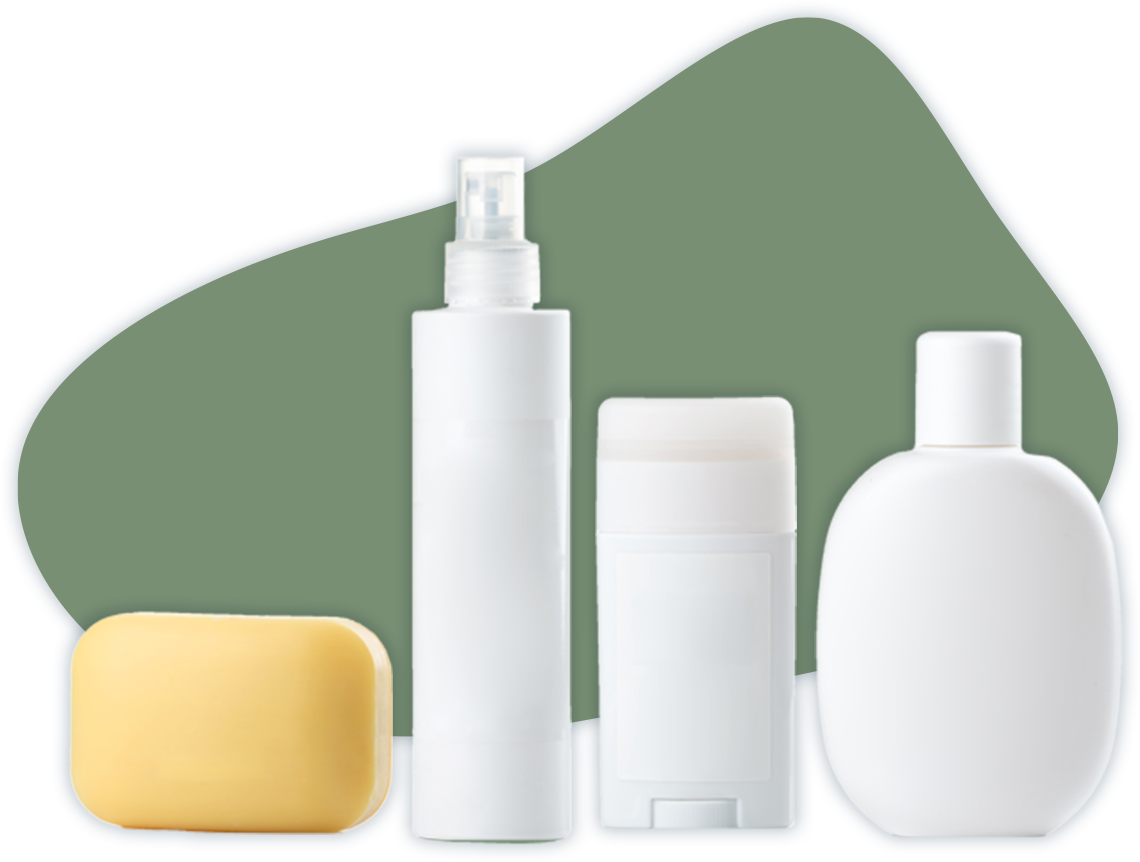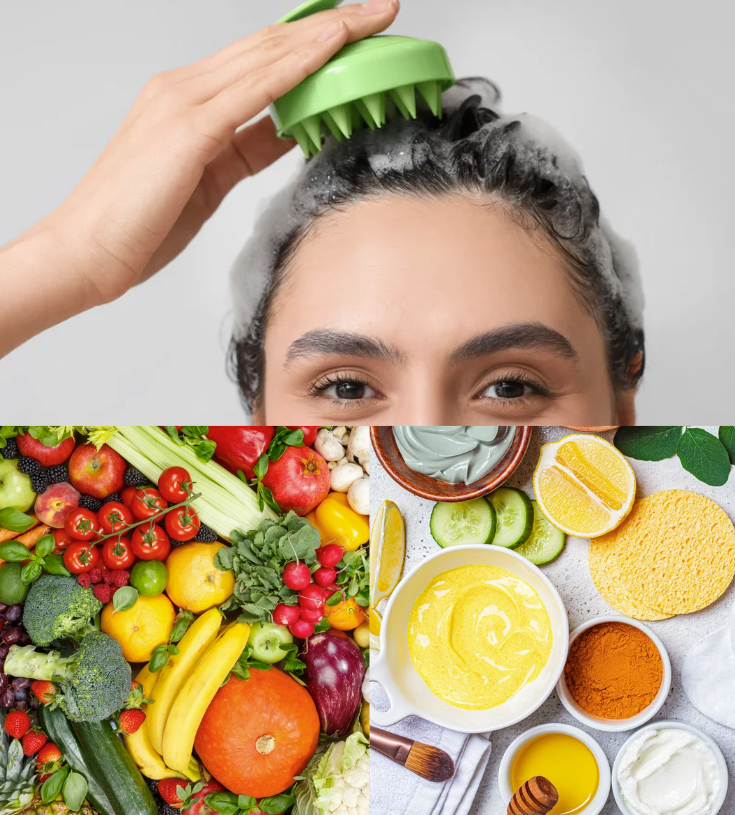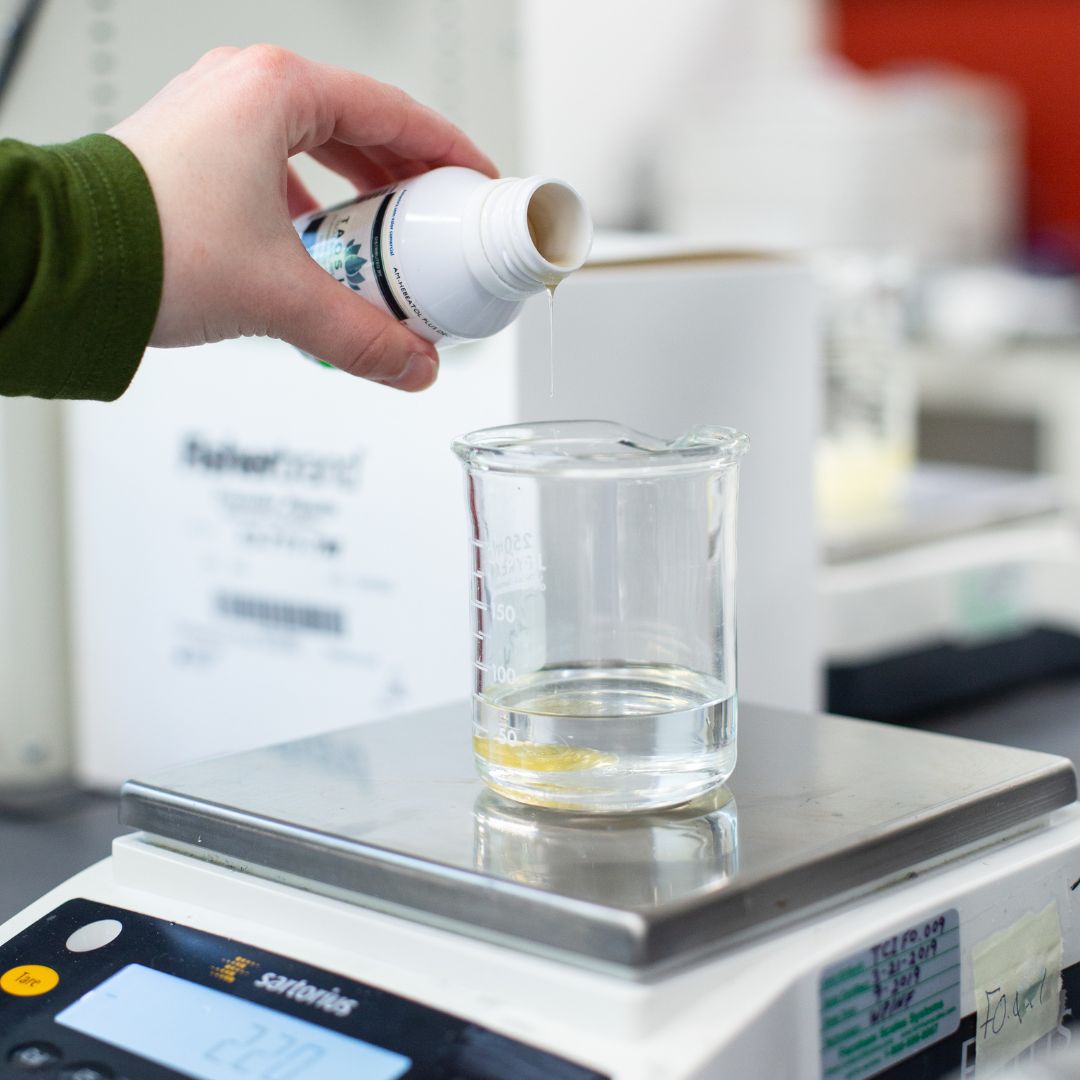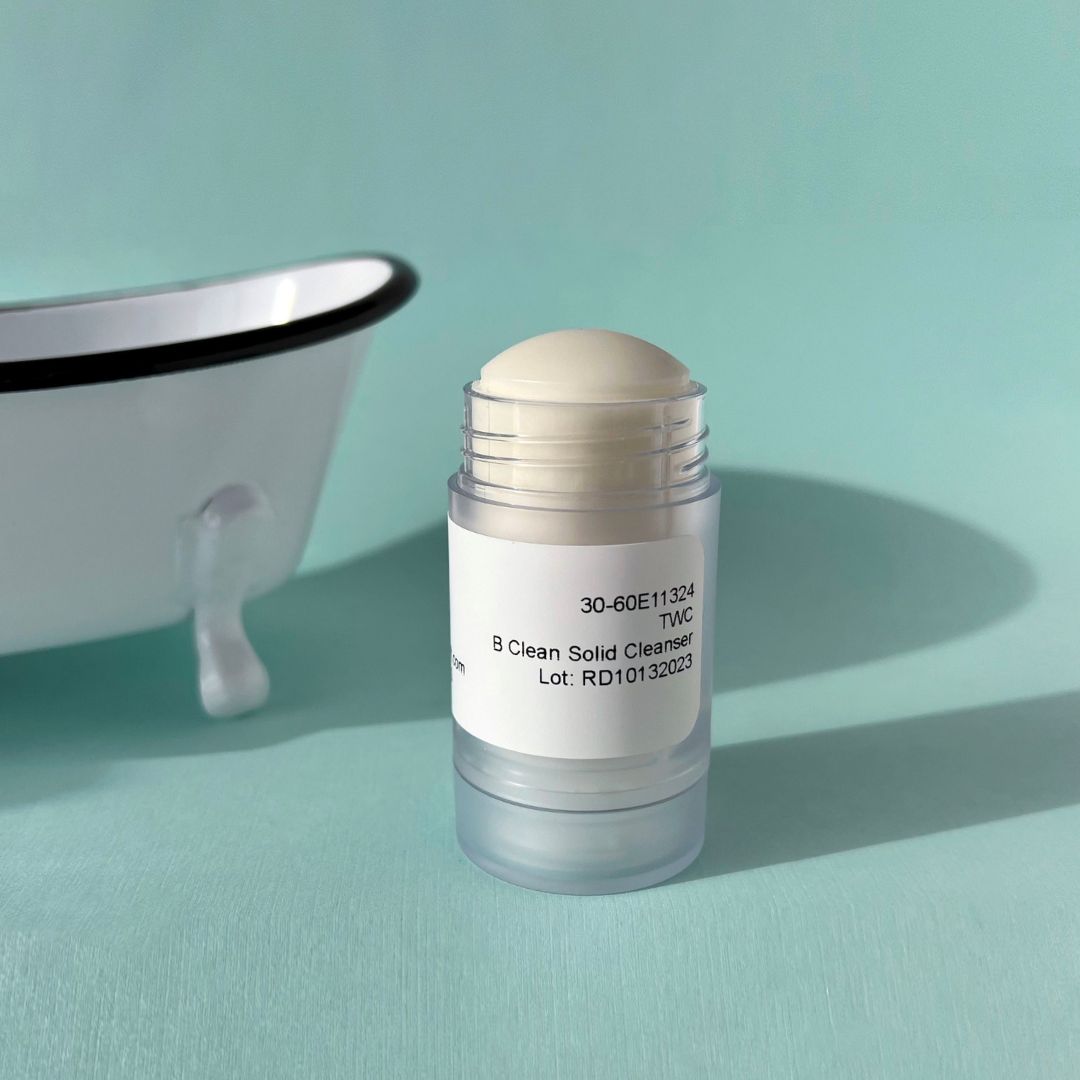Handwashing, when done correctly, can help prevent illness from viruses and bacteria. We share insights from our resident expert on all things soap regarding how soap can provide this protection against infection.
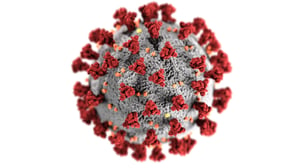 As the threat of coronavirus and other seasonal illesses grows, so does consumer concern about how to protect themselves from getting ill or spreading disease if they are already sick.
As the threat of coronavirus and other seasonal illesses grows, so does consumer concern about how to protect themselves from getting ill or spreading disease if they are already sick.
While some shoppers have stocked up on Purrel and other hand sanitizers that contain at least 60% alcohol, one of the best protection methods for keeping yourself healthy is readily available all around us: soap and water.
Bacteria is all around us, covering our bodies at all times. This protective environment is called the microbiome, and it's designed to help keep us healthy, our skin balanced, and 'bad' germs at bay. However, during times like these, our bodies need extra assistance to keep viruses such as COVID-19 from infiltrating our immune systems.
Soap: Protection Against Infection
|
CDC Handwashing Recommendations
The Center for Disease Control (CDC) recommends washing your hands with soap and water as much as possible because this regular practice reduces the overall amounts of all types of germs and chemicals on hands. These guidelines are based on data from a number of studies that support the practice of using soap and water, not just hand sanitizers, to protect ourselves from illness.
The CDC also says that soap and water are more effective than hand sanitizers at removing certain types of germs, such as norovirus (the flu). Most people do not use a large enough volume of hand sanitizers to thoroughly cleanse the hands, either.
Washing with soap and water also helps to reduce dirt, oil, and other grime to help hand sanitizers work properly. If your hands are too dirty from certain activities, such as yard work or playing sports, a thorough hand washing is a must.
5 Steps for Proper Hand Washing
- Wet your hands with clean, running water, and apply soap.
- Lather soap in your hands by rubbing them together. Don't forget to access the backs of your hands, between your fingers, and under your nails.
- Keep massaging your hands for at least 20 seconds.
- Rinse your hands well under clean, running water.
- Dry your hands using a clean towel or air dry them, following with hand sanitizer if it feels necessary.
Soap & The Skin
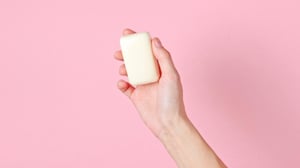
Soap is an incredibly effective cleansing agent, stripping the skin of dirt, oil, and other substances that it comes in contact with. This is why its well suited for treating food stains in clothing, and isn't a good choice for using in shampoo bar formulations - we suggest soap-free base for that.
As Curt outlined above, bar soap is an incredible tool help protect from illness, and to combat the drying effect of all of this hand washing, we recommend regular moisturization with lotion, butters, balms or creams.
Keeping the skin on your hands hydrated and healthy is important, so if the skin feels tight or dry, it means it's time to moisturize.
Do you have questions for Curt, our resident soap expert? Want to learn more about our product development process? Please contact our Sales Team and we can help direct your questions to the appropriate individuals.
Sources: CDC: Show Me the Science – When & How to Use Hand Sanitizer in Community Settings https://www.cdc.gov/handwashing/show-me-the-science-hand-sanitizer.html CDC: When & How to Wash Your Hands https://www.cdc.gov/handwashing/when-how-handwashing.html

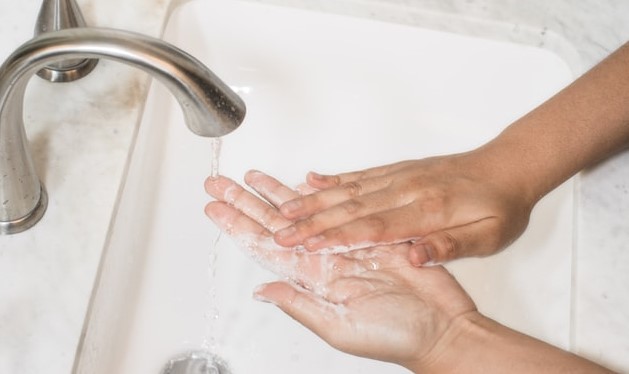
 A Note on How Soap Protects Humans from Infection from Curt Durfee, our Senior Director of Formulation
A Note on How Soap Protects Humans from Infection from Curt Durfee, our Senior Director of Formulation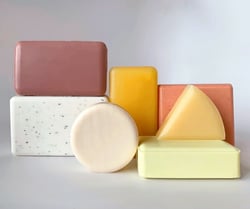 It is critical to note that while soap is effective at killing microbes, soap products must be used according to good practices as recommended by the Center for Disease Control (see below).
It is critical to note that while soap is effective at killing microbes, soap products must be used according to good practices as recommended by the Center for Disease Control (see below).
